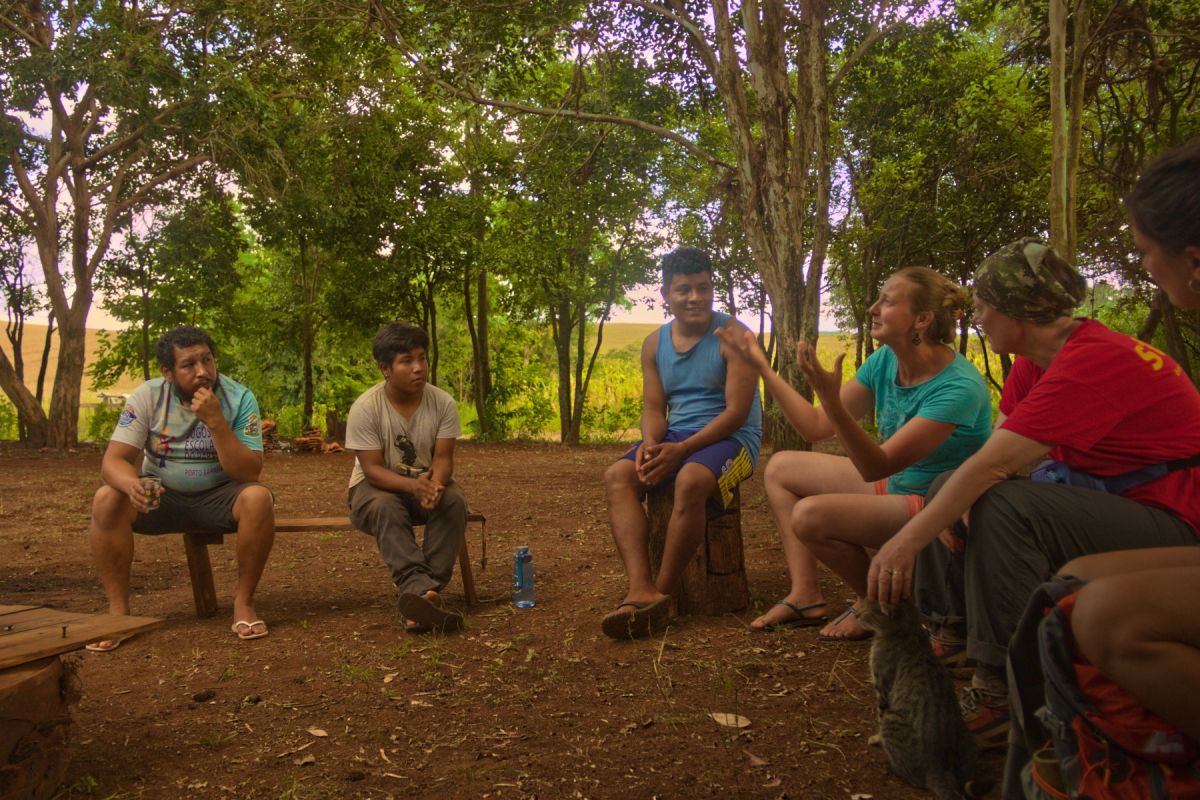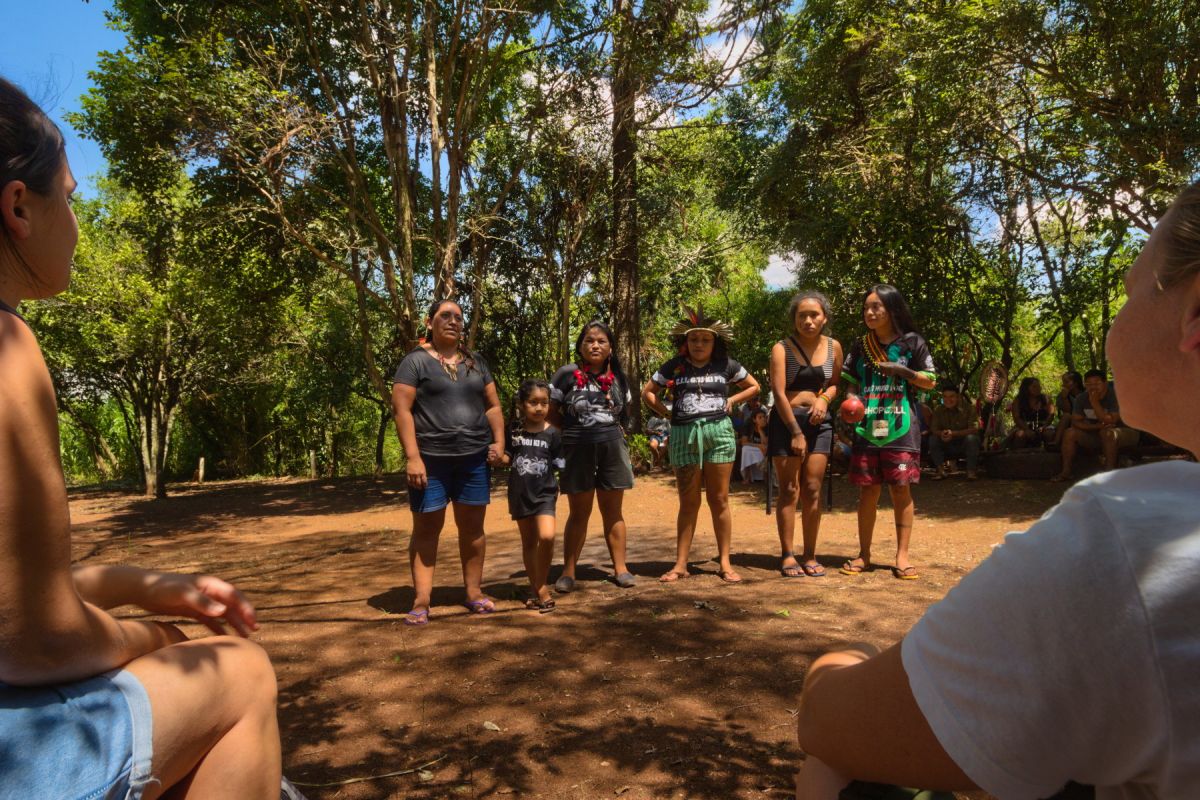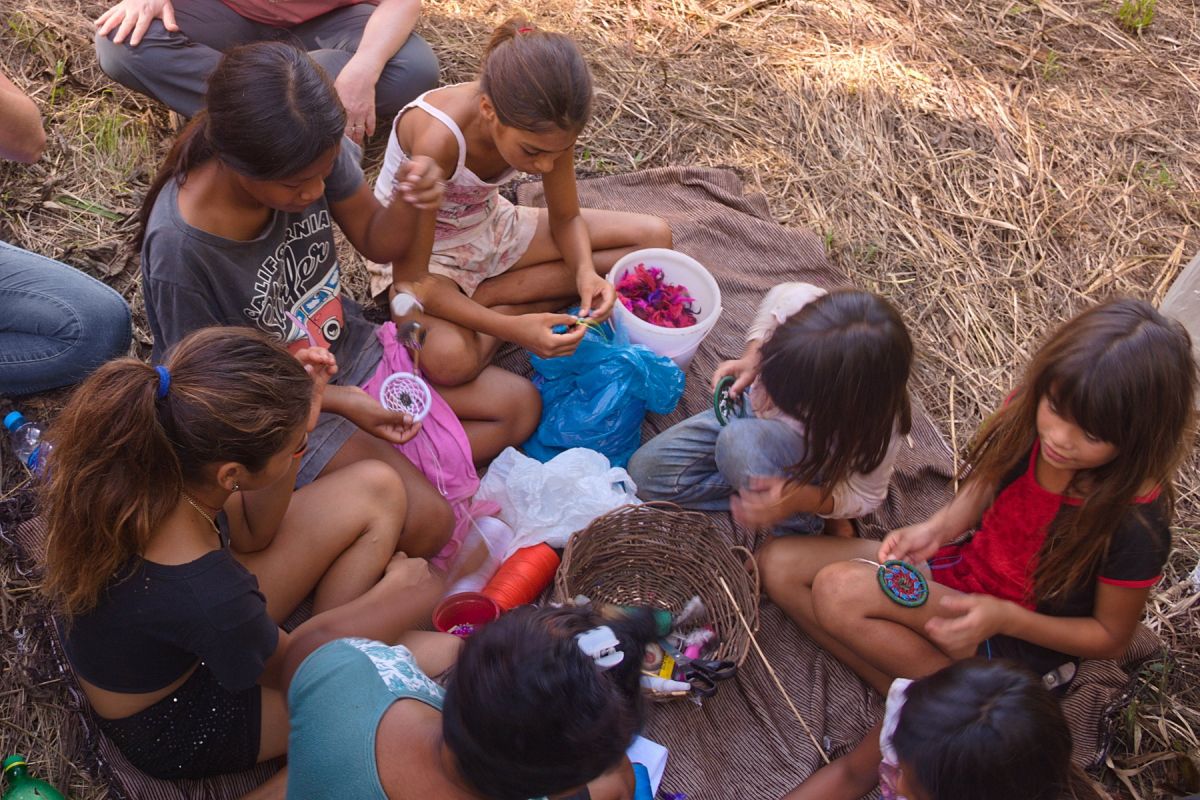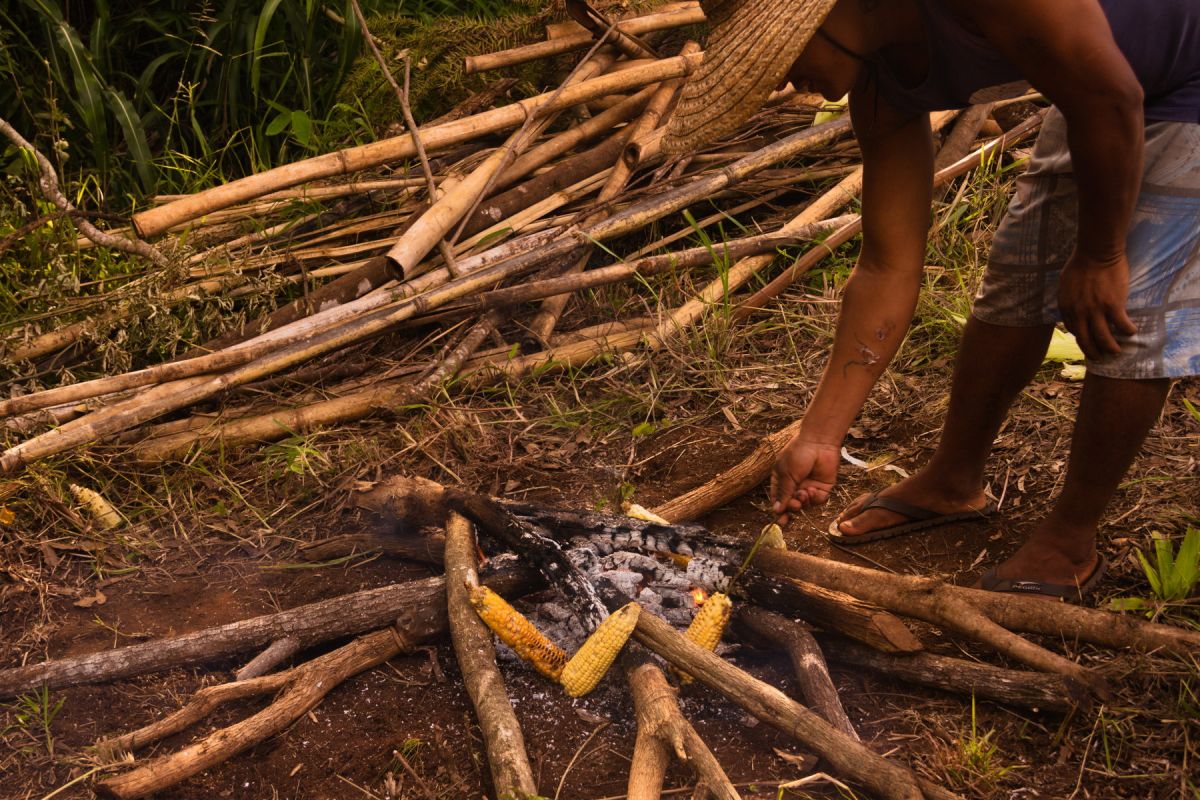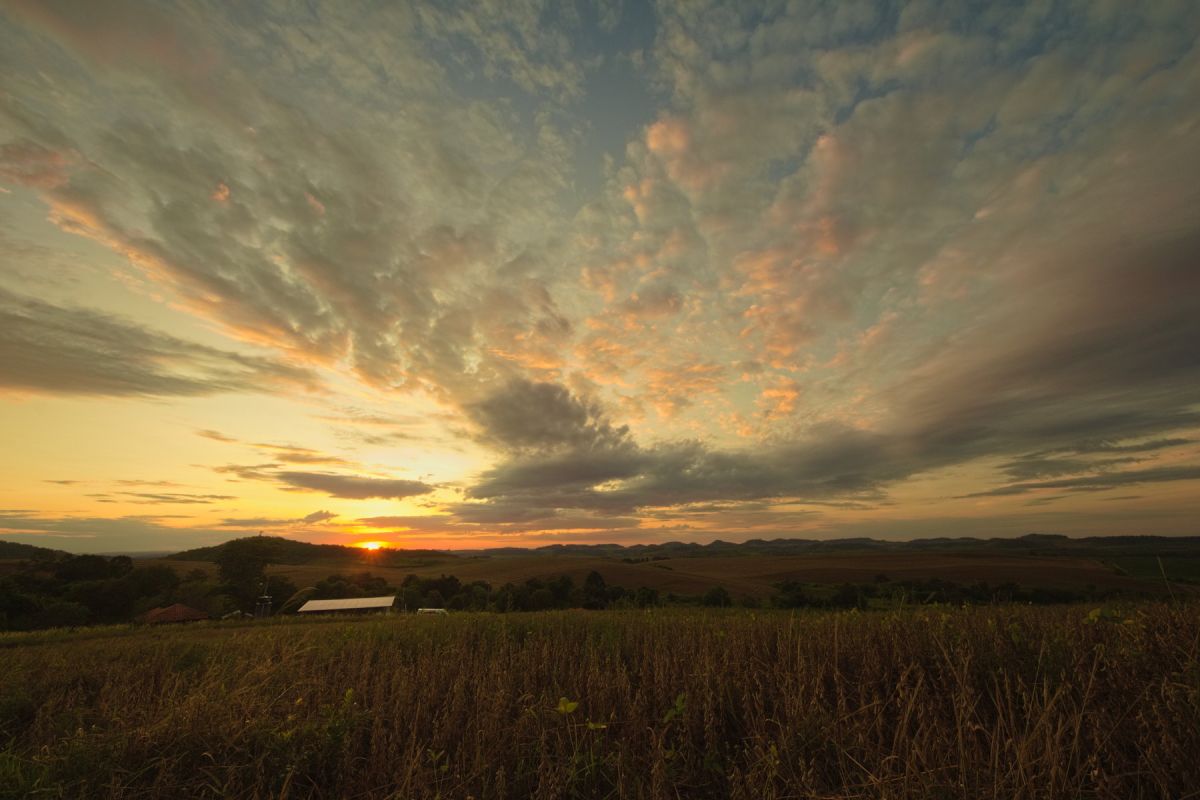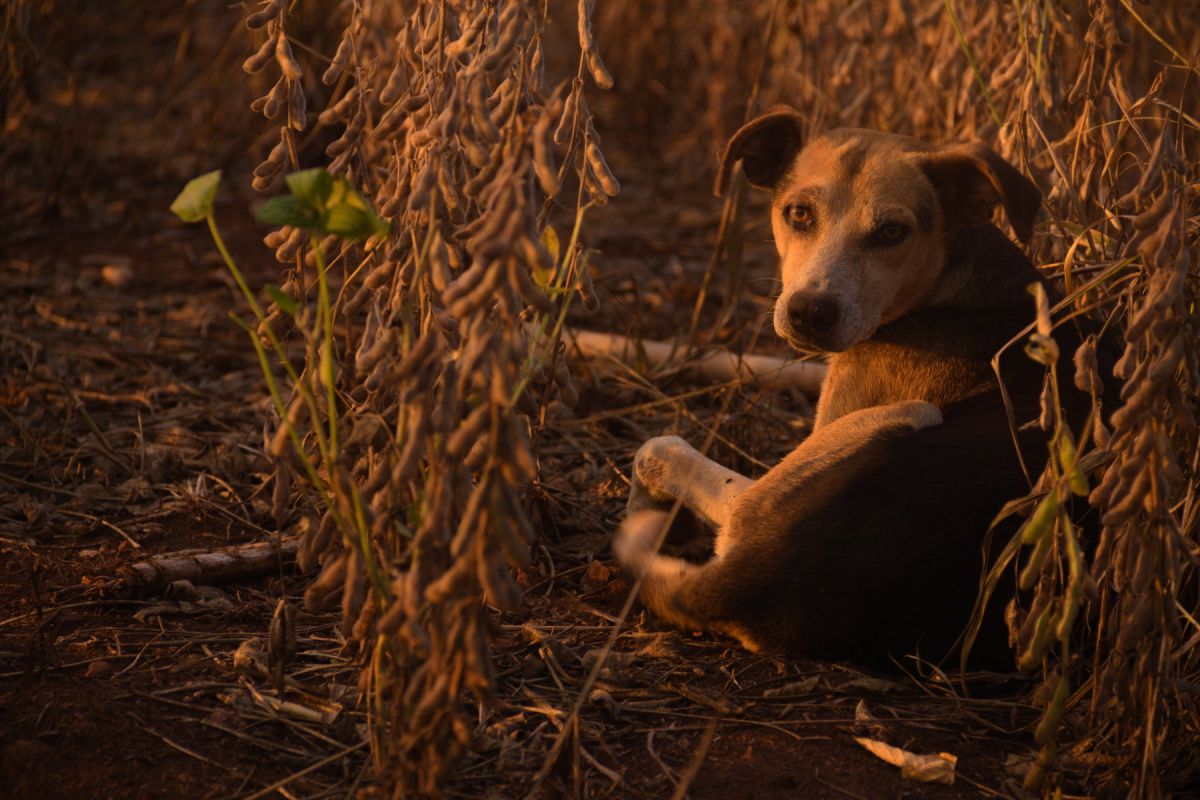Since the Change Making Tour pilot experience in Brazil started last week, we spent most of our time in Guarani communities. After the first day on the Iguaçu waterfalls (if you are following our Instagram profile, you may already know we went there), we went to Ocoy and Monjolinho indigenous communities. This article focuses on Monjolinho community, so if you want to know more about Ocoy, you can read my previous article. We arrived on Friday morning in Nova Laranjeiras, where the Monjolinho Guarani community is located. We were welcomed by Romalina Rete Verissimo in her house, where she cooked breakfast for all of us. Her house, like all the others in Monjolinho, is located in a small area of a large indigenous land that was (and still is) a Kaingang territory. So why a Guarani community is located in a Kaingang territory?
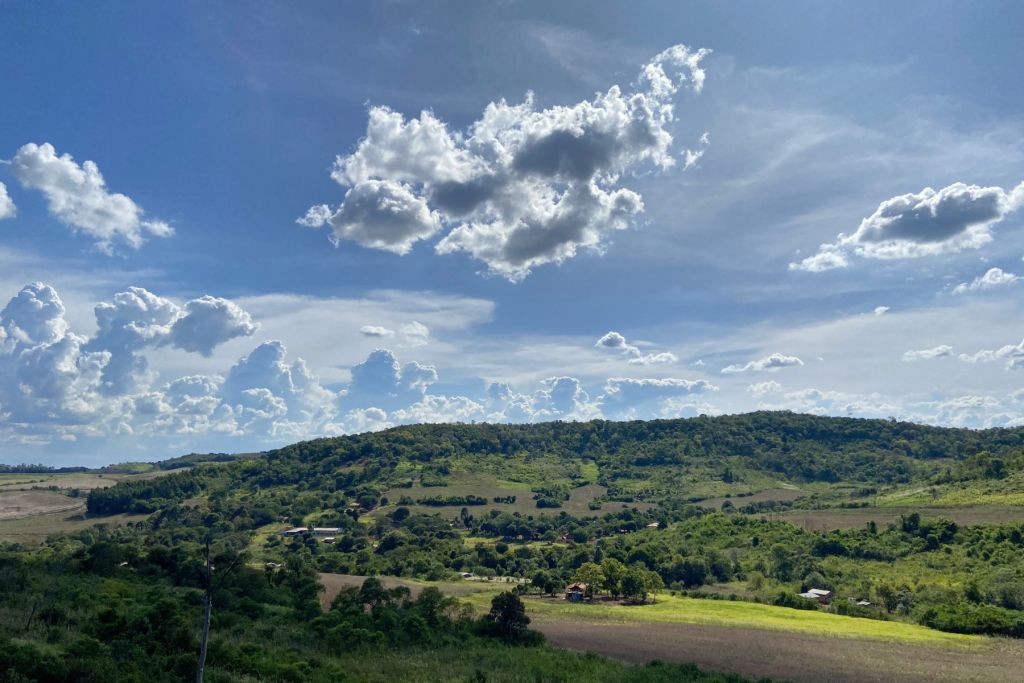
“IF SOMEONE ASKED ME WHAT DOES IT MEAN TO BE A GUARANI, I WOULDN’T ANSWER. I WOULD JUST ASK ANOTHER QUESTION: WHAT DOES IT MEAN TO BE BRAZILIAN? THE ANSWER THEY WOULD GIVE ME WOULD BE THE SAME AS MINE.”
In the 1960s a group of Guarani living near the Iguaçu river was forcibly moved by Serviço de Proteção aos Índios (SPI) to another territory because their land was located where the hydroelectric dams were going to be built. They were promised a new land where to live, but instead, they were brought to a Kaingang territory in Nova Laranjeiras. Many other indigenous communities suffered the same fate because electric, industrial agriculture, and logging companies wanted as much land as possible, putting pressure on SPI to move people to already occupied indigenous lands instead of establishing new indigenous lands for them. While nowadays Kaingang and Guarani are cooperating to live peacefully in Nova Laranjeiras indigenous land, the two people still don’t live together, but rather side by side, as there are enormous differences in language, culture, points of view, and way of thinking that would make it very hard for them to live together.
This by the way didn’t prevent the Guarani community from choosing a cacique with mixed origin (Guarani, Kaingang, and Italian too), Francisco Pelizete Dos Santos. We took advantage of this opportunity to interview him, as he is one of the few people who could give us an “insider’s view” of both cultures. I was quite surprised to learn that there are substantial differences even in basic things like what these two people eat: Kaingang are mostly foragers, so they mainly eat vegetables that can be found in nature, while Guarani prefer to eat the vegetables they grow and the chicken they breed. Also, the way of raising the kids is different: in Kaingang culture, is the man who takes care of the children, while in Guarani culture both of the parents take care of them.
At the end of the interview, I asked him how he would explain what does it mean to be a Guarani to someone who didn’t have the opportunity to visit a Guarani community. While younger people interviewed before immediately answered the same question talking about some key points of the Guarani culture, like the respect for nature or the preservation of the language, the cacique took his time to answer, stroking his beard while he was thinking. The answer he gave had a deep meaning and no better explanation: he said “I wouldn’t answer, I would just ask another question: what does it mean to be Brazilian? The answer that they would give would be the same as mine.” This answer gave me a lot to think, so I spent part of my night watching the stars from the hut in the woods: without a full moon and isolated from the city lights, I could clearly see the Milky Way above me, making me feel completely connected with the nature around me.
The next day we woke up with the cockcrow of all the roosters of the community (there are many and they are very loud). After another abundant breakfast at Romalina’s house, we attended a meeting where we could finally meet some representants of the Kaingang community and talk with them about their culture, and we saw that despite being different from Guarani in most of the aspects of the way they live, they have one thing in common with Guarani: both of them are striving to preserve their history, their songs, their customs, their traditions, and there are cultural groups in the communities that make efforts to save their cultural heritage. During the rest of the stay, we participated in some daily activities of the community, like corn picking and artisanal production, diving deep into the Guarani way of living. We spent one last night in the huts, before returning to what someone might pretentiously call the “civilized” world. Talking with the people and playing with the kids left us undeletable memories and a better understanding of what an indigenous community is, improving our knowledge and getting rid of preconceptions.



